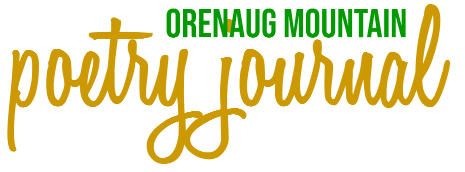Train Horn
From the switchyard,
at 3:30 in the morning,
a train horn blasts
loud blaring above hushed drumming
of heavy steel on steel rail.
Fresno, California,
in the San Joaquin Valley,
a railroad town since the beginning.
Built next to Central Pacific
tracks laid by Chinese laborers,
where the sinks of the Big Dry Creek
met the bleak alkali prairie.
Train horns echo off buildings,
and fly over rooftops.
At grade-crossings, where the street
and railroad tracks meet,
a trumpet sounds for 15 seconds.
The train engineer makes an effort
to awaken the entire village
with horn blasts before sunrise.
At every stop along the rail,
two long, one short, one long.
The 16-cylinder, diesel-fueled engine
sounds like waves breaking
on the rocks in a stormy sea.
Rotation of the main generator,
becomes the cadenced rumble
of a regiment’s charge.
A Santa Fe diesel locomotive
its mile-long caravan of commerce
eases into the switchyard,
where locomotives work
sidings and spurs in the yard,
shunting equipment and apparatus,
splitting-up empty boxcars all night.
A huffing diesel takes up slack
at the couplers, heavy explosions
of steel jerking on steel.
By the time the last car
of the hundred-car heavy-haul
clears the last blinking signal
the engine is miles ahead in the dark.
A pull on the horn-cord,
and the engineer-driver
makes the trumpets blast
in a two-octave celebration,
as the train reaches full-power,
and disappears into the flat distance
of the San Joaquin.
Author: Stephen Barile
On OMPJ
Photo: Dan Roizer on Unsplash











0 Comments